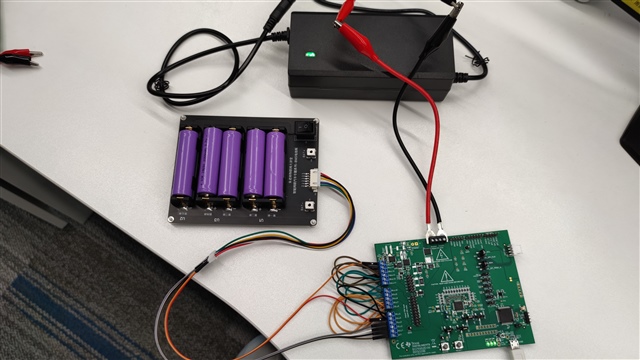Other Parts Discussed in Thread: BQSTUDIO, BQ76952
Hi
The customer test with BQ76952EVM. In CHGTEST and DSGTEST mode, the charge and discharge switch is turned on.
1. When connected to an electronic load to discharge, the voltage drop of cell16 -> pack+ is 5.17V, the resistance of pack+ -> cell16 terminal is 0 ohms, the resistance can not be measured from cell16 to pack+, and it can be discharged normally with a discharge current of 0.5A.
2. Turn off the electronic load, stop the discharge, measure the resistance of the pack+ -> cell16 terminal is 0.64 kohm, and the resistance cannot be measured from cell16 to pack+
3. After connecting the positive and negative poles of the charger, the voltage drop of cell16 -> pack+ is 4.25V, and the resistance of pack+ -> cell16 terminal cannot be measured, and the resistance of cell16 -> pack+ is 0 ohms; it cannot be charged, and the current is 0.
Screenshot during discharge:
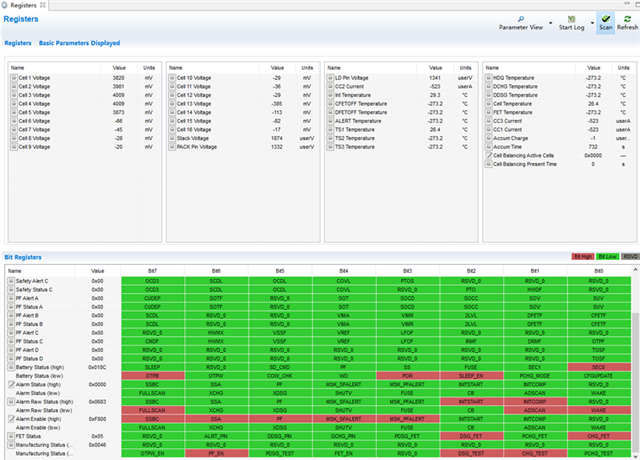
The screenshot when connecting the charger is as follows:
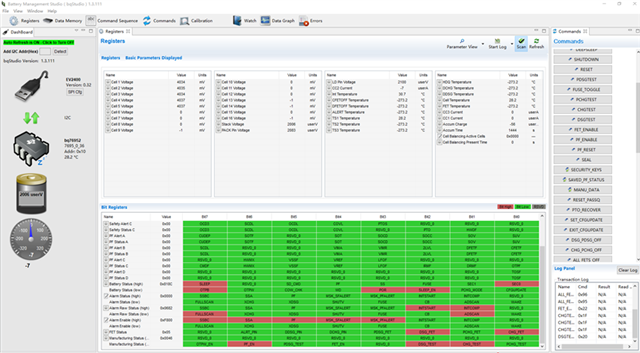
Then turn off the test mode, turn on FET_EN, and then click ALL_FETS_ON, DSG_FET is turned on, but CHG_FET is not turned on. After the electronic load is connected, the CHG_FET is turned on again.
At this time, the opening and closing of the CHG_FET is related to whether it enters SLEEP. At this time, it can be discharged normally. Then connect the charger, no current. The CHG_FET turns on and turns off sometimes, probably due to inaccurate current measurement, even when the pack is disconnected, the measured current jumps from -7mA to -249mA, and is 0 most of the time.
The screenshot 1 when connecting the charger is as follows:
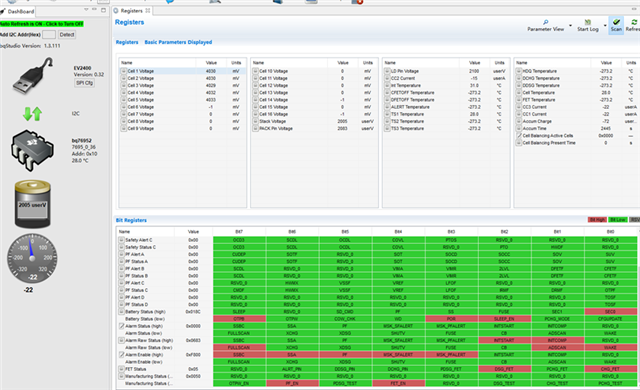
The screenshot 2 when connecting the charger is as follows:
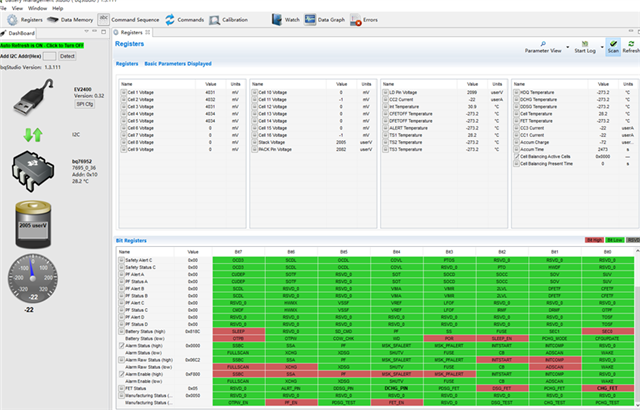
Note: In the above process, no protection occurs.
Waiting for your reply.
Thanks
Star


